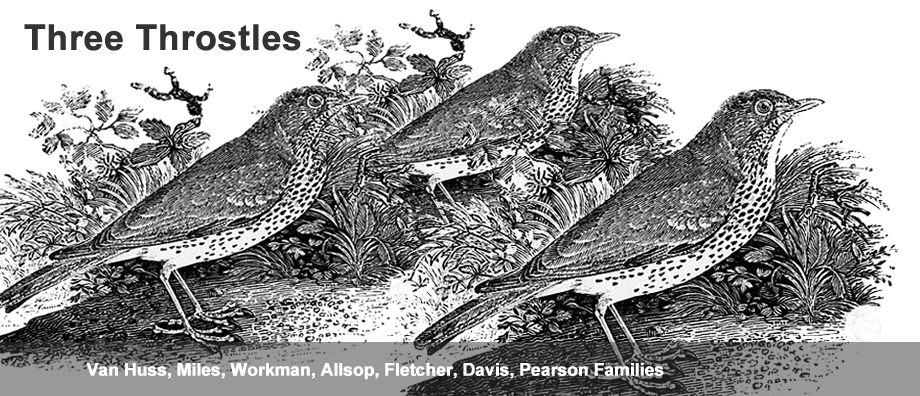"My father was in the business of buying and selling cattle," Bob said. "This was before the war, I was nine or ten, and once in a blue moon, my dad took me to the the Exchange and got us odd jobs."
"Cleaning up cowshit?" I suggested, and he laughed.
"Mostly, we were in the way, so it wasn't often that my brother Jim and I got to drive with my father from Beaumont to Wichita." "One summer I remember, my dad got us a job driving the cattle from pen to pen, after a sale. One little critter took a shine to me and rushed me, hitting me in the chest, and taking my breath away."
"My dad," he continued, "stayed in Wichita during the week, the drive to Beaumont was too far, and the roads too poor, to make it a daily trip. He partnered with two or three other cattle buyers so they could share the expense of an office in the exchange and a secretary."
There is precious little to remind Wichitans of the Live Stock Exchange.
Way back when, writes J’Nell L. Pate in her 2005 book, America’s Historic Stockyards: Livestock Hotels, "The entire town of Wichita could be termed a stockyards as early as 1872 when the two-year-old settlement and trading post on the Chisholm Trail saw its first railroad, the Santa Fe, arrive. Citizens also worked to get the Western & Southwestern Railroad to connect to the Santa Fe and others. After its first year as a railhead, Wichita received 70,000 head of cattle worth at least $2 million."
 |
| J. R. Mead's photo of cattle crossing the Arkansas at Wichita 1869, Wichita Photo Archive |
In 1887, a stockyard was built at Emporia and 18th Street, but it burned down its first day of operation.
 |
| Wichita Live Stock Exchange |
A second stockyards opened on January 1, 1888, then soon moved to north of 21st street when meat packer Jacob Dold agreed to build a plant next to the yard. He did. Then, in 1901, his packing plant caught fire.
 |
| Dold Plant, Wichita Photo Archives |
Despite this bad luck, progress on the stockyards continued. Not only were cattle lots built, but a Stockyards' Hotel and Exchange Building were added, smack dab in the middle of the stockyards. Mind you, this was all 40 years before Fred Van Huss took up work at the Exchange. And before Fred arrived another fire destroyed the yard and the hotel in 1904. Then, in 1909, the Union Stock Yards Company decided to build a new Exchange Building, the one most old Wichita residents remember, and the one Fred worked at with his partners.
I don't know what a cattle buyer does or did, Bob didn't know either. Children often don't know what their fathers do.
I imagine that it involved the sale of slaughter cows and bulls, then breed cows, pairs of cows, and stock cattle and feeder calves, like it does today. And Fred got a commission on each sale.
In the midst of the stench from the packing and rendering plants, the Live Stock Exchange must have been impressive. The outside was a two story building with windows along the front. Inside the floors were of white marble, the walls of dark wood and glass. Visitors were greeted by two tile mosaics, one, on the first floor, a bull’s head measuring 40-inch by 45-inch. On the second floor, a 4 by 6 foot section of tiles proclaiming, "Market That Satisfies" surrounded by the contented heads of a cow, a horse, a pig and a sheep. The Exchange housed 15 livestock commission firms, one of which at one time was the little group that Fred belonged to, plus a national bank, the office for the president of the stockyard company, an office for the Wichita Terminal Railway Co., and branch offices for the packing houses. It must have been a merry group that played cards during off times, smoked cigars, and drank beer and something harder, even during the Prohibition Years.
In 1980, long after Fred Van Huss moved on, the stockyards shut down. And, in 2000, the Live Stock Exchange was razed to the ground.
Source: Wichita Historic Preservation Alliance
